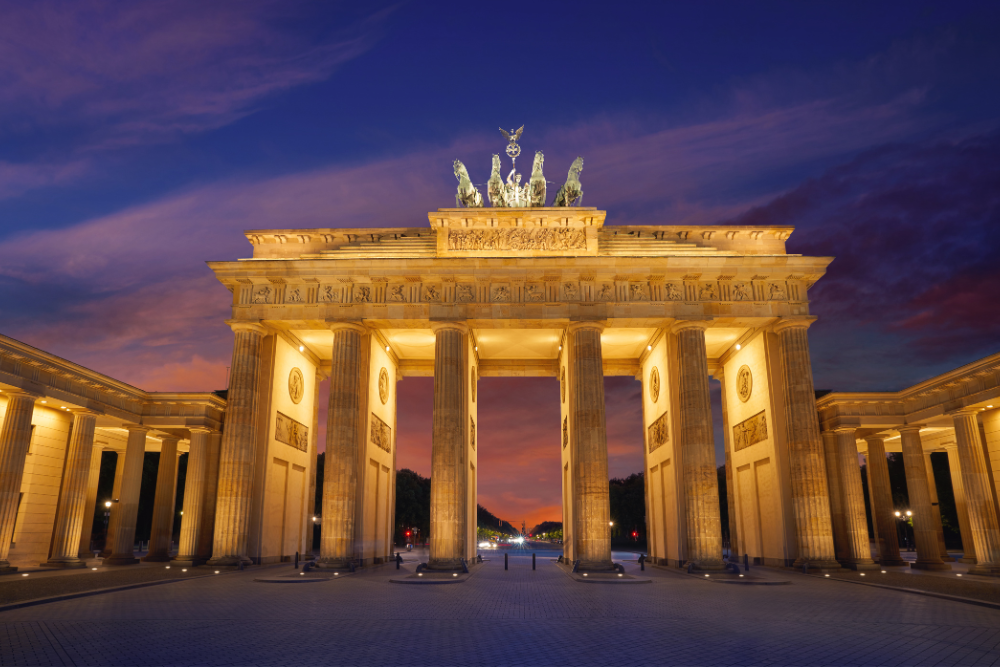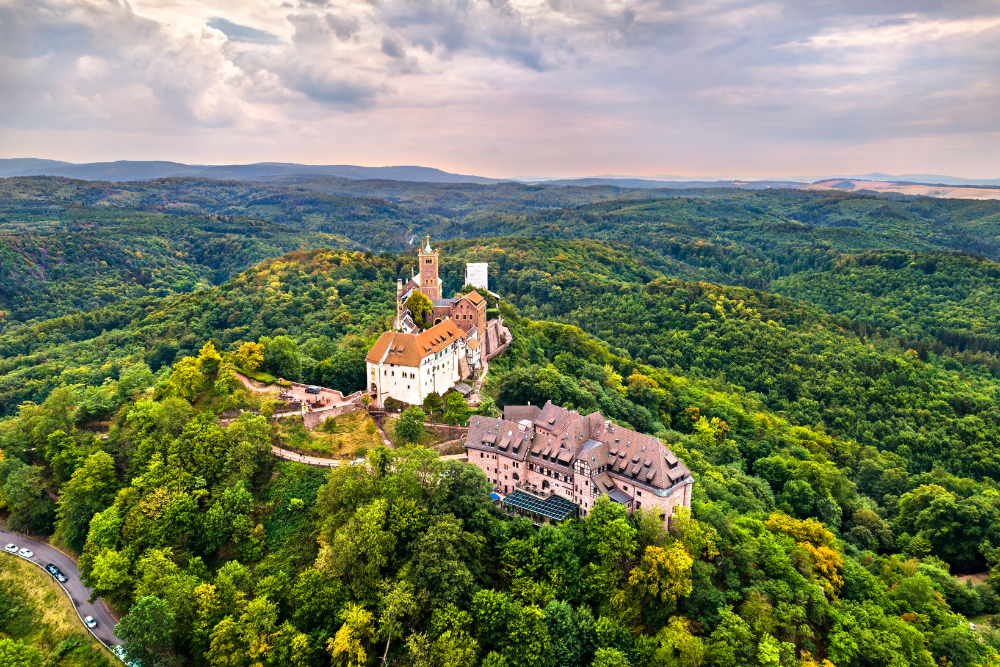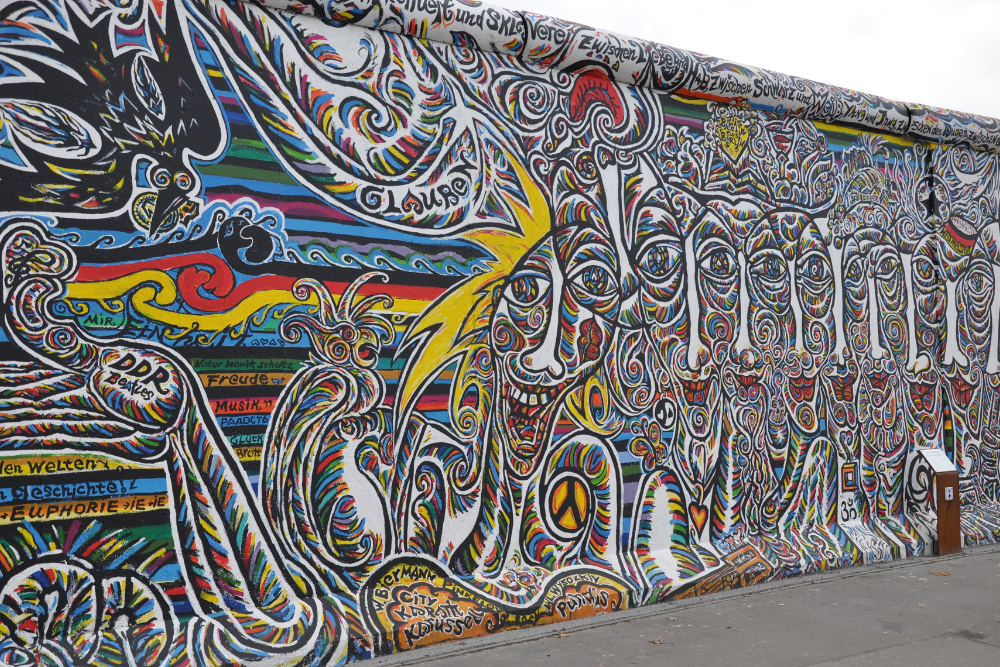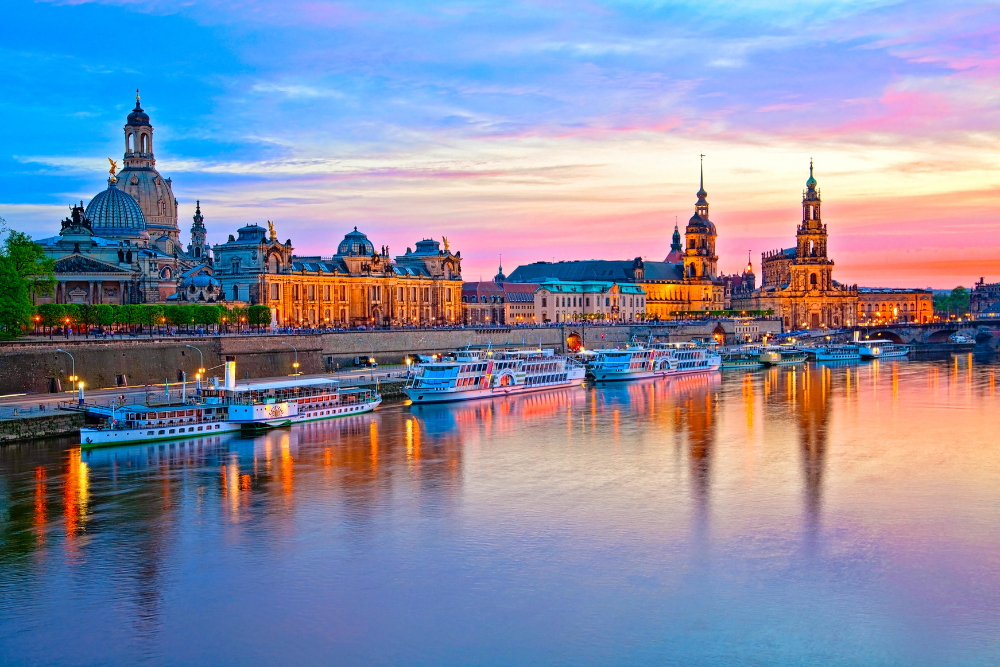East Germany, with its rich history and deep cultural roots, offers an array of historical sites that tell the story of the country’s complex past. From medieval towns and castles to the remnants of the Cold War era, the region provides an incredible journey through time. Here are the top five historical sites to visit in East Germany for a deep dive into the region’s fascinating history.
1. Berlin’s Brandenburg Gate: A Symbol of Unity

No visit to East Germany would be complete without seeing the Brandenburg Gate in Berlin. This iconic landmark is one of Germany’s most famous symbols and has witnessed some of the country’s most significant moments in history.
- Historical Significance: Built between 1788 and 1791, the Brandenburg Gate originally served as a neoclassical city gate. However, its importance grew during the Cold War. It stood as a symbol of division when the Berlin Wall separated East and West Berlin. Following the fall of the Wall in 1989, the gate became a powerful symbol of reunification.
- What to See: Standing at 26 meters tall, the Brandenburg Gate is an impressive monument. Visitors can explore its surroundings, take photos, and learn about its historical context at nearby museums like the Berlin Wall Memorial and the German Historical Museum.
2. Dresden’s Frauenkirche: A Testament to Resilience

Dresden, often referred to as the “Florence on the Elbe,” boasts some of the most breathtaking architecture in Germany. The Frauenkirche (Church of Our Lady) is one of the city’s most important historical landmarks.
- Historical Significance: The church was originally built in the 18th century, but it was destroyed during the bombing raids in World War II. The church’s reconstruction, completed in 2005, symbolizes the city’s resilience and determination to preserve its cultural heritage. The restoration was largely funded by donations from around the world.
- What to See: The Frauenkirche is renowned for its stunning baroque architecture and its magnificent dome, which offers panoramic views of Dresden. Inside, visitors can admire the beautiful frescoes and intricate designs, while learning about the church’s tumultuous history.
3. The Wartburg Castle: Medieval Marvel and UNESCO Site

Located near Eisenach in the state of Thuringia, Wartburg Castle is a must-visit historical site for those interested in medieval history and the Reformation.
- Historical Significance: The castle dates back to the 11th century and is steeped in history. It was here that Martin Luther translated the Bible into German, making the work accessible to the common people. Wartburg Castle also played a key role in the medieval period, serving as a royal residence and fortress.
- What to See: Visitors can explore the castle’s impressive medieval architecture, including its fortified walls and the stunning Bach Hall, named after the composer Johann Sebastian Bach, who was born in Eisenach. The castle offers interactive exhibits on Luther’s time and its place in the Reformation, as well as panoramic views of the surrounding Thuringian countryside.
4. The Memorial and Museum Sachsenhausen: A Sobering Reflection on History

Located just outside of Berlin, the Sachsenhausen Concentration Camp Memorial and Museum offers a chilling look into one of the darkest chapters of German history.
- Historical Significance: Sachsenhausen was one of the first Nazi concentration camps and became a model for later camps across Europe. It was used to imprison political dissidents, Jews, Romani people, and other groups deemed undesirable by the Nazi regime. The camp was liberated in 1945, and today it stands as a memorial to the victims of the Holocaust and a stark reminder of the atrocities of the Third Reich.
- What to See: Visitors can walk through the preserved sections of the camp, including the barracks, watchtowers, and execution sites. The museum exhibits photos, personal stories, and artifacts, providing an in-depth look at the atrocities committed here. The site also holds educational programs that reflect on the history of concentration camps and the importance of human rights.
5. The Berlin Wall Memorial: A Symbol of Division and Reunification

The Berlin Wall Memorial is an essential site for understanding the history of East and West Germany during the Cold War era. It provides a detailed look at the Berlin Wall’s construction, its impact on the lives of East Germans, and the eventual fall of the Wall.
- Historical Significance: The Berlin Wall, erected in 1961, was a concrete barrier that divided East and West Berlin. It symbolized the ideological conflict between the Soviet-backed East and the capitalist West. The Wall was a source of division for nearly three decades, but its fall in 1989 marked the beginning of the reunification of Germany.
- What to See: The Berlin Wall Memorial stretches along the former border between East and West Berlin and includes preserved sections of the Wall. Visitors can view the Wall Documentation Center, which displays historical footage, photographs, and personal accounts of those who tried to cross the Wall. The memorial is a poignant reminder of the Cold War era and the hope for reunification.
Conclusion

East Germany is home to some of the most significant historical sites in Germany, each offering a unique insight into the country’s turbulent past. From the iconic Brandenburg Gate in Berlin to the resilient Frauenkirche in Dresden, these landmarks provide a deeper understanding of Germany’s journey through division and reunification. The Wartburg Castle and Sachsenhausen Memorial offer glimpses into the medieval and World War II periods, while the Berlin Wall Memorial is an essential stop for anyone interested in the Cold War. Visiting these sites not only offers a window into history but also allows travelers to reflect on the past and its relevance to today’s world.












